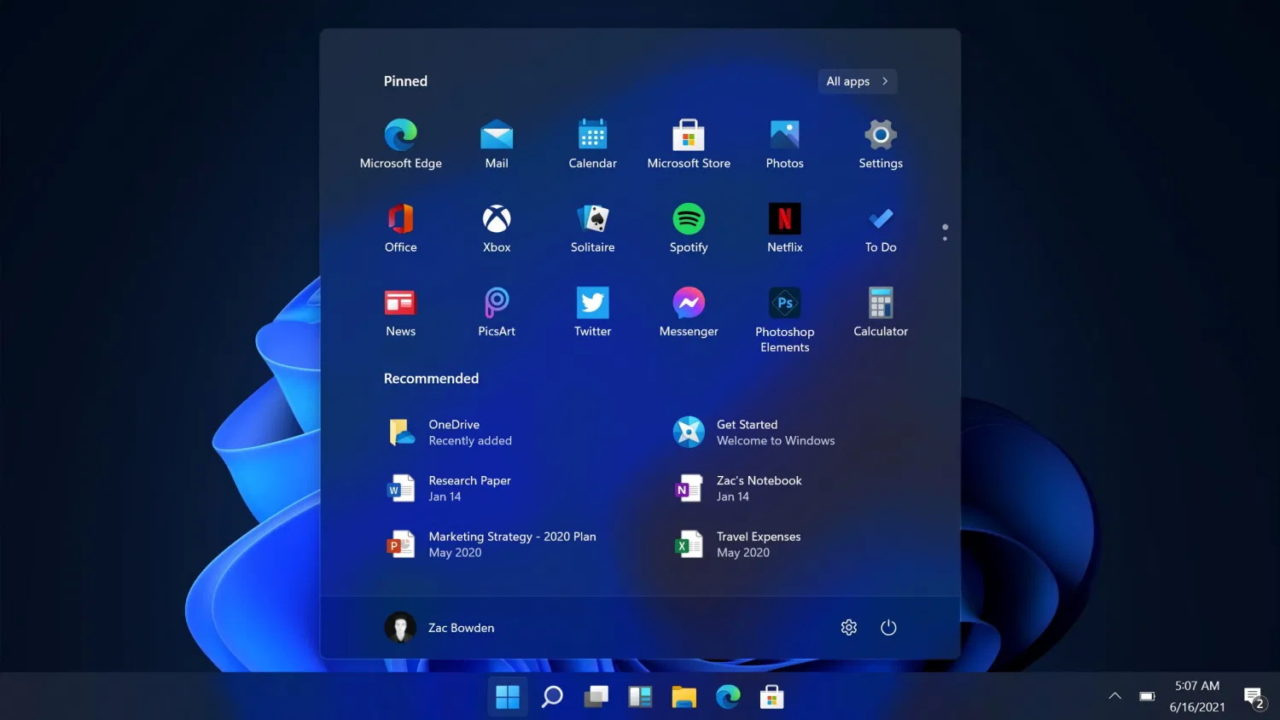
This information corresponds with the usual 10 years of support for each major version of Windows. This ‘Retirement Date’ doesn’t seem to be new – we believe it’s been displayed there for a long time. Official lifecycle page states that Microsoft will end support for Windows 10 on 14 October 2025. This includes a total of 12 feature updates, more than we’ve seen with any major version of Windows in the past. Windows 10 has received countless free updates and gained plenty of extra functionality since its 2015 launch, as well as being modernised over time. However, that likely means people who buy Windows 11 new will have to pay for it. This is in the company’s best interest, as it will want as many people to make the switch as soon as possible. Windows 11 will probably be paid software, but Microsoft may retain the free upgrade option we saw with Windows 10. However, there’s still plenty of room for speculation on pricing. Microsoft is yet to confirm the existence of Windows 11, although the recent leak suggests otherwise. Now, for an important question some Windows 10 users will be asking themselves now: Will Windows 11 cost anything? The answer is likely yes and no. Windows 11 won’t be free, but most people won’t have to pay This then increased with each half-year version, so the 20H1 update was build 19041, 20H2 and 21H1 is 19043.



When it launched in July 2015, Windows 10 had the build number 10240.


 0 kommentar(er)
0 kommentar(er)
